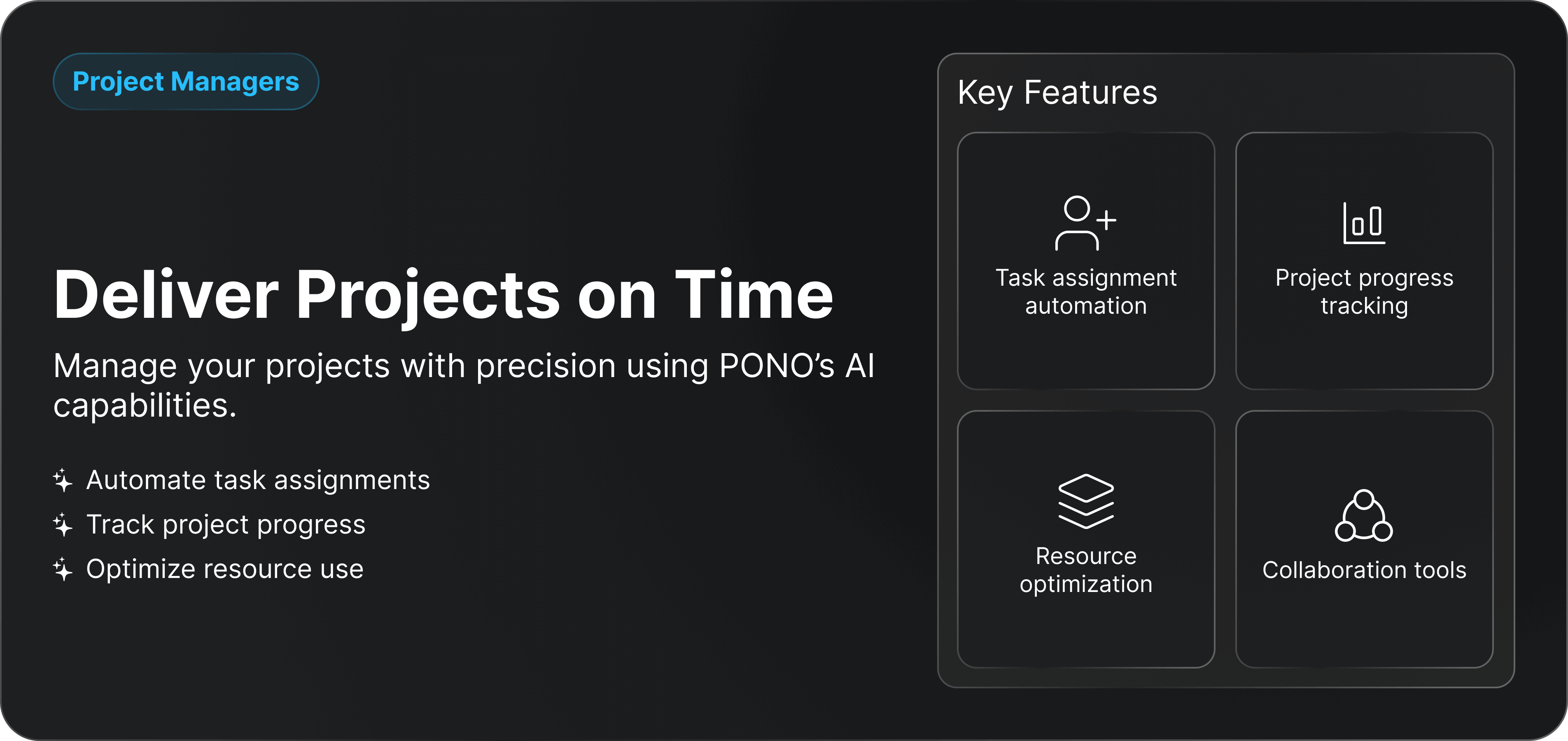“`html

The Daily Struggle of IT Chaos
You start your day with a plan—maybe today, you’ll finally get ahead. But before you even grab your first coffee, the alerts start rolling in. A critical system is down. A client is panicking over a security breach. Your inbox is flooded with urgent tickets, each one demanding immediate attention.
By midday, you’ve abandoned any hope of working on long-term improvements. Instead, you’re stuck in the same cycle—reacting, troubleshooting, patching things up just enough to keep them running.
This isn’t IT management. It’s survival mode.
And the worst part? It never stops.
The constant firefighting leaves no room for innovation, no time to implement proactive security measures, and no bandwidth to optimize systems for efficiency. You’re always one step behind, and the stress is relentless.
But what if you could break free from this cycle? What if IT wasn’t just about putting out fires but about building a system that runs smoothly—without constant intervention?
It’s possible. And it starts with shifting from reactive chaos to proactive control.

Why Traditional IT Management Fails
For years, IT teams have relied on a reactive approach. When something breaks, you fix it. When a security threat emerges, you scramble to contain it. When users complain, you troubleshoot.
This model worked when IT environments were simpler. But today, with cloud-based systems, remote workforces, and ever-evolving cyber threats, reactive IT management is a losing battle.
Here’s why:
- You’re always behind. By the time an issue surfaces, it’s already causing downtime, security risks, or productivity losses.
- It drains resources. Constant firefighting means your team is stretched thin, leaving no time for strategic improvements.
- It’s unpredictable. Without proactive monitoring, you never know when the next crisis will hit—or how severe it will be.
The result? IT teams are stuck in a never-ending cycle of urgent problems, unable to focus on the bigger picture.
It’s time for a smarter approach.

3 Ways to Stop IT Firefighting and Regain Control
1. Identify Recurring Issues and Their Root Causes
Most IT teams deal with the same problems over and over—network slowdowns, security vulnerabilities, system crashes. Instead of treating symptoms, find the root cause and eliminate it.
How to do it:
- Analyze past incidents. Look for patterns in recurring IT issues. Are certain systems failing repeatedly? Are security breaches happening due to the same vulnerabilities?
- Implement root cause analysis (RCA). Instead of just fixing issues, investigate why they happened in the first place.
- Document solutions. Create a knowledge base of fixes so your team doesn’t waste time solving the same problems repeatedly.
By addressing the underlying causes, you reduce the number of emergencies and free up time for proactive improvements.
2. Automate Monitoring and Response
Manual monitoring is outdated. IT teams need real-time visibility into their systems, with automated alerts and responses to prevent issues before they escalate.
How to do it:
- Use AI-driven monitoring tools. These detect anomalies, predict failures, and trigger automated responses before users even notice a problem.
- Set up automated security protocols. Instead of manually responding to threats, use automated systems to block suspicious activity, enforce compliance, and patch vulnerabilities.
- Implement self-healing infrastructure. Cloud-based systems can automatically reroute traffic, restart failed services, and apply fixes without human intervention.
Automation doesn’t replace IT teams—it empowers them to focus on strategic initiatives instead of getting bogged down in routine troubleshooting.

3. Shift to a Proactive IT Strategy
The best IT teams don’t just maintain systems—they optimize them. Instead of reacting to problems, they anticipate and prevent them.
How to do it:
- Develop a long-term IT roadmap. Align IT initiatives with business goals, focusing on security, efficiency, and scalability.
- Schedule regular system audits. Identify weaknesses before they turn into major issues.
- Train users on best practices. Many IT problems stem from human error—educating employees on security and system usage reduces preventable incidents.
A proactive IT strategy reduces downtime, improves security, and allows IT teams to focus on innovation instead of constant firefighting.
DIY: Take the First Step Toward Proactive IT
Want to start shifting from reactive to proactive IT management? Use this ChatGPT prompt to get a structured strategy tailored to your business:
[DIY PROMPT]
Try it out and see how a structured approach can help you regain control.
How Refocus Helps You Move from Chaos to Control
While DIY strategies can help, true transformation requires the right tools and expertise. That’s where Refocus comes in.
We provide managed IT services designed to eliminate firefighting and put you back in control…
Take the First Step Toward IT Stability
The cycle of IT firefighting won’t stop on its own. You need a proactive strategy, the right tools, and expert support to break free.
Ready to stop firefighting and take control?
📞 Book a consultation with Refocus today and start building an IT strategy that works for you—not against you.
“`

